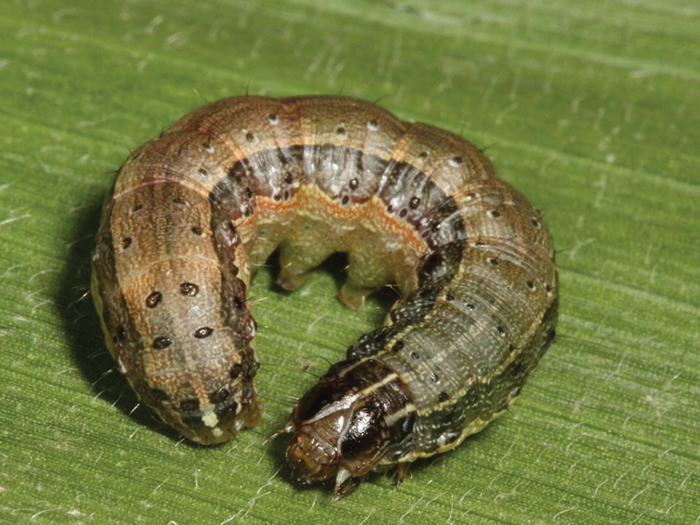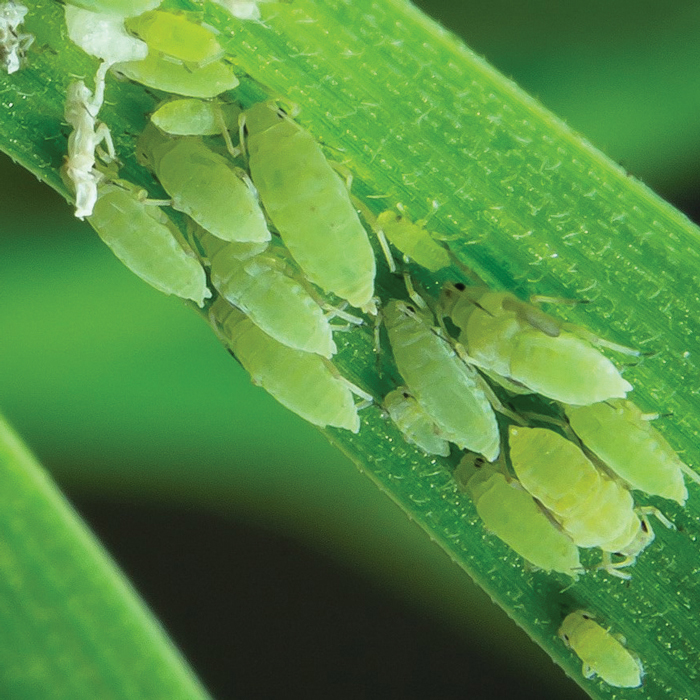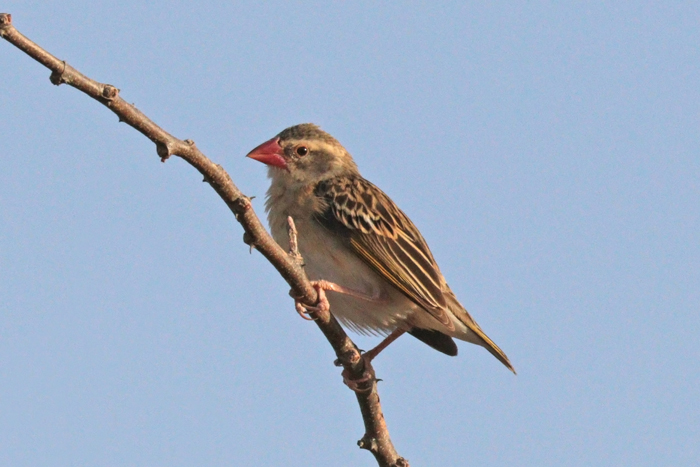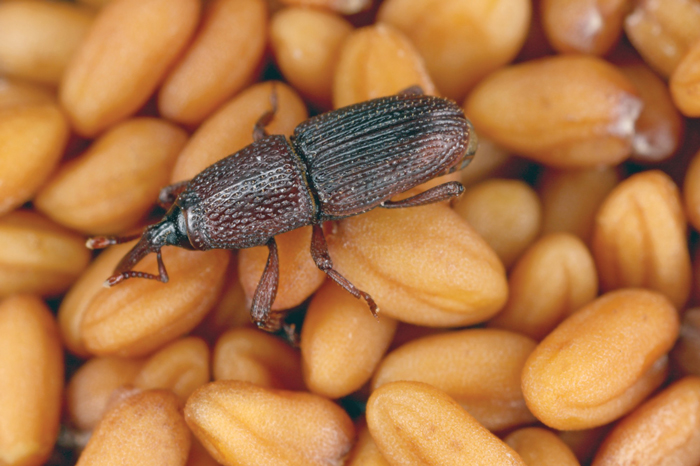
Grain production constitutes a critical component of agriculture, providing sustenance and economic stability to many countries, including South Africa. With that said, it is no secret that the industry faces significant challenges from pests that can traverse borders, thereby affecting multiple regions simultaneously. Transboundary pest detection and monitoring, therefore, become crucial in ensuring sustainable yields and, ultimately, food security. This article explores the complexities of transboundary pest detection and monitoring in grain production, focusing particularly on the South African context.
What are transboundary pests?
Transboundary pests are defined as pests which are capable of spreading across geographic boundaries, facilitated by a range of factors such as climate, globalisation of trade, and agricultural practices. These pests can result in significant crop damage, causing substantial economic losses and threatening food security. In grain production, the most important transboundary pests include:
- Fall armyworm (Spodoptera frugiperda): This invasive species has spread rapidly across the Americas, Africa, Asia, and Australia, negatively impacting maize and other grain crop production.
- Red-billed quelea (Quelea quelea): Known as Africa’s most abundant bird species, quelea flocks can destroy grain crops, particularly in the sub-Saharan region.
- Russian wheat aphid (Diuraphis noxia): This species has the potential to cause serious damage to wheat crops, thereby impacting yield and quality.
- Stored-grain pests such as weevils (Prostephanus spp.): These post-harvest species are not only of cosmetic importance, but can also degrade the quality of stored grain destined for export.

Photo: SANBI

Photo: Kobus Dreyer
Challenges in South Africa
South Africa, a major producer of maize and other grains, faces unique challenges in detecting and monitoring transboundary pests:
- Climate variability: The country’s diverse climatic zones result in variable conditions for pest proliferation and spread. Some pests thrive in specific climates, necessitating region-specific management
strategies. - Global trade: International trade introduces the risk of importing new pests through contaminated produce or packaging materials. Vigilance at ports of entry remains critical to prevent new pest introductions.
- Limited resources: Numerous producers, in particular smallholders, lack access to adequate resources for monitoring, early detection, and effective control measures (i.e., crop protection products).
Strategies
In order to mitigate risks associated with transboundary pests in grain production, several strategies may be employed:
- Early detection and monitoring: Regular surveillance programmes and monitoring networks can help identify pest outbreaks early. Producers or their scouts need to be trained in pest identification and need to understand the importance of reporting protocols.
- Integrated pest management (IPM): Implementing IPM principles on farms promotes sustainable pest control methods. This approach includes using all suitable techniques or strategies to keep pests below thresholds that cause unacceptable crop loss, as determined through monitoring protocols.
- Regional collaboration: Collaboration between neighbouring countries and regional organisations enhances pest surveillance and control efforts. Information sharing on pest outbreaks and control strategies can facilitate proactive management.
- Research and innovation: Investing in research on pest biology, behaviour, and ecology supports the development of innovative pest management solutions. Research efforts also explore sustainable pest control technologies, including genetic and biological control methods, to strengthen resilience against transboundary pests.
- Public awareness and education: Raising awareness among stakeholders regarding the risks associated with transboundary pests promotes compliance with regulations while education campaigns empower producers and communities to recognise and report potential pest threats.
- Policy and regulation: Enforcing strict biosecurity measures at national borders and ports of entry is essential to prevent the introduction of new pests.
Case studies: fall armyworm and red-billed quelea
The introduction of fall armyworm into Southern Africa in 2016 highlighted the region’s vulnerability to transboundary pests. This pest quickly spread across multiple countries, causing widespread crop damage and threatening food security. In response, regional organisations, national governments, and research institutions collaborated to develop coordinated strategies for monitoring, early warning systems, and producer training on IPM to mitigate the impact of outbreaks.
Likewise, for red-billed quelea management in South Africa, cooperative control efforts involving producers, funding by government, and information emanating from research institutions have effectively reduced the quelea’s impact on small grains through targeted control measures and habitat management.


Photo: Dealey
Conclusion
Transboundary pest detection and monitoring in grain production present a multifaceted challenge that requires coordinated efforts at local, national, and international levels. South Africa, as a key player in the global grain market, must continue to prioritise proactive pest detection and monitoring strategies to safeguard agricultural productivity and food security. By investing in early detection systems, promoting sustainable farming practices, and fostering regional cooperation, South Africa can mitigate risks posed by transboundary pests and ensure a resilient agricultural sector for future generations.
While the task of detecting and monitoring transboundary pests in grain production may not be easy, it is not impossible. With concerted efforts and strategic investments, South Africa can navigate these challenges effectively, securing its position as a leader in sustainable grain production amidst a changing global agricultural landscape.



























